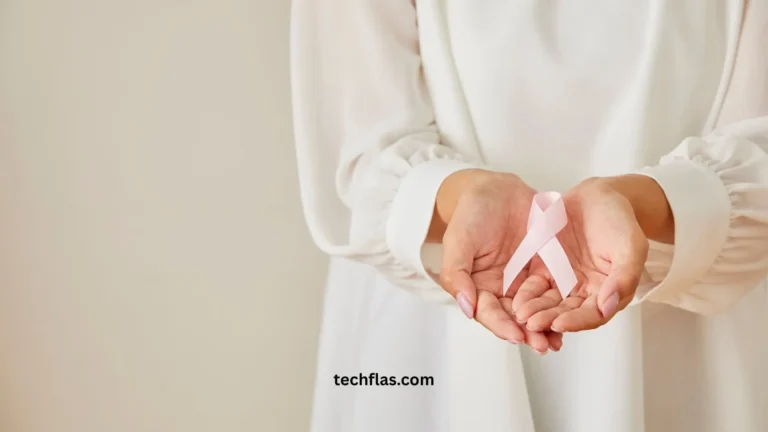Key Takeaways:
- Choosing the right breast forms is crucial for a natural look, comfort, and confidence.
- Materials, design, fit, lifestyle, and skin sensitivity all play an important role.
- Proper care and support from community resources lead to better long-term satisfaction.
Understanding the Purpose of Breast Forms
Breast forms are supportive products designed to replace the shape of natural breasts and help individuals achieve their ideal silhouette after mastectomy, gender transition, or for aesthetic expression. For some, these forms restore a sense of self and confidence after breast surgery.
In contrast, for others, they represent freedom in performance and identity, as seen in the popularity of Drag Queen breast plates New York among entertainers and artists. Increasingly, diverse communities embrace breast forms to feel balanced, go about daily life with assurance, and express themselves authentically.
The right breast form improves outward appearance and supports posture and body alignment. It can also be a vital step in the healing process for those recovering from surgery, making it easier to return to favorite hobbies and clothing styles. Whether for medical or personal reasons, the choice to wear breast forms is deeply individual and empowering.
Types of Breast Forms: Materials and Designs
Breast forms come in various materials, including silicone, foam, and fiberfill, each offering different benefits. Silicone forms are popular for their lifelike weight and realistic feel, making them suitable for daily wear and more formal uses. Foam and fiberfill options provide a lightweight, comfortable alternative for exercise, lounging, or warm weather.
The design of the breast form—such as symmetrical, asymmetrical, teardrop, or triangle shape—should be chosen based on body type and desired effect. Technological advances now mean even larger or dramatic shapes can remain lightweight, as recent innovations in prosthetic breast options highlight.
Selecting the right material and shape helps achieve the correct balance and fit while reducing fatigue and skin irritation. Some forms are designed for use with adhesives for direct application, while others fit neatly into bras with built-in pockets.
How to Choose the Best Fit?
A comfortable, natural fit is essential for both appearance and all-day support. Begin by measuring your band and cup size while wearing a well-fitting bra. Trying different shapes and thicknesses can help you find what feels and looks best as you move, bend, or stretch.
Professional fitters at mastectomy boutiques or specialty stores can provide valuable assistance, helping you select the optimal size and style based on your body proportions and lifestyle needs.
Don’t settle for discomfort; a well-chosen form supports posture and distributes weight evenly to prevent strain. As your needs change—whether due to body changes or new activities—periodically re-evaluate the size and shape for continued comfort.
Lifestyle Factors to Consider
Think about daily activities and clothing styles when choosing a breast form. For active lifestyles or love of swimming, choose forms specifically for sports or water use. Special events might call for forms offering enhanced cleavage or a dramatic profile, while regular workdays may require lighter, more subtle designs.
Seek products that fit seamlessly into your wardrobe, including sports bras or swimsuits, so you feel supported and confident in every situation.
Skin Sensitivity and Comfort Considerations
If you have sensitive skin or have recently undergone surgery, opt for breast forms with soft, hypoallergenic coverings and smooth edges. Modern forms may feature medical-grade adhesives or soft, gentle fabric linings on delicate skin.
For further guidance, explore resources focused on breast prosthesis options, which provide insights about safe, comfortable materials and long-term wear.
Care and Maintenance for Longevity
Proper care will extend the life and comfort of your breast forms. Wash forms regularly with gentle soap and water, and avoid puncturing or wringing them. Store each form in a protective case to maintain its shape. Keeping the skin and adhesive surfaces clean will minimize irritation and ensure a secure fit whenever you wear them.
Empowering Yourself Through Community and Research
Leverage the collective wisdom of support groups, online forums, and fitting specialists to make an informed decision. Shared experiences from users with similar needs can point you to trusted brands, answer fitting questions, and offer caring advice.
Reliable organizations and certified fitters equip you with up-to-date information and compassionate support for every step of your breast form journey.



